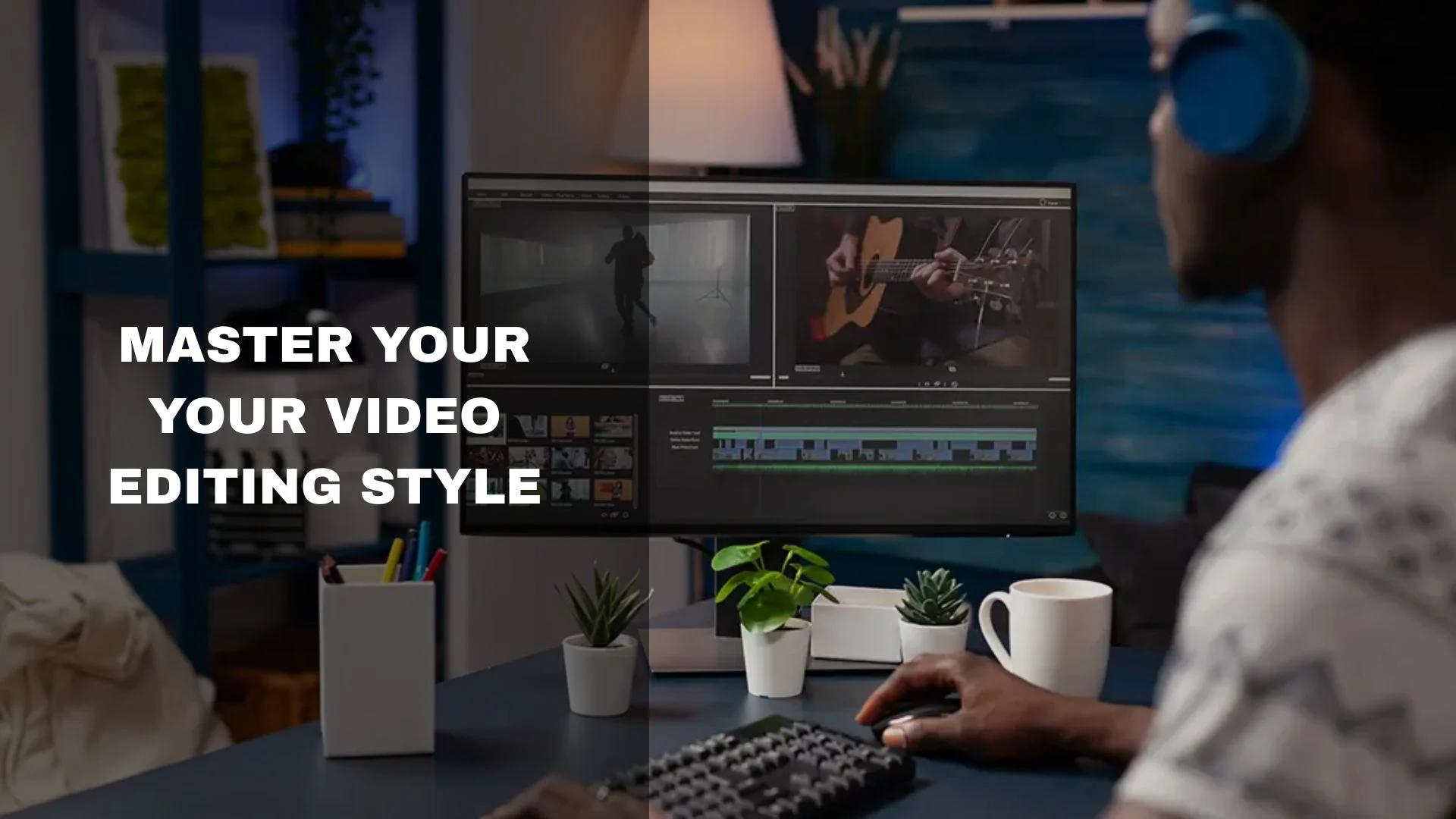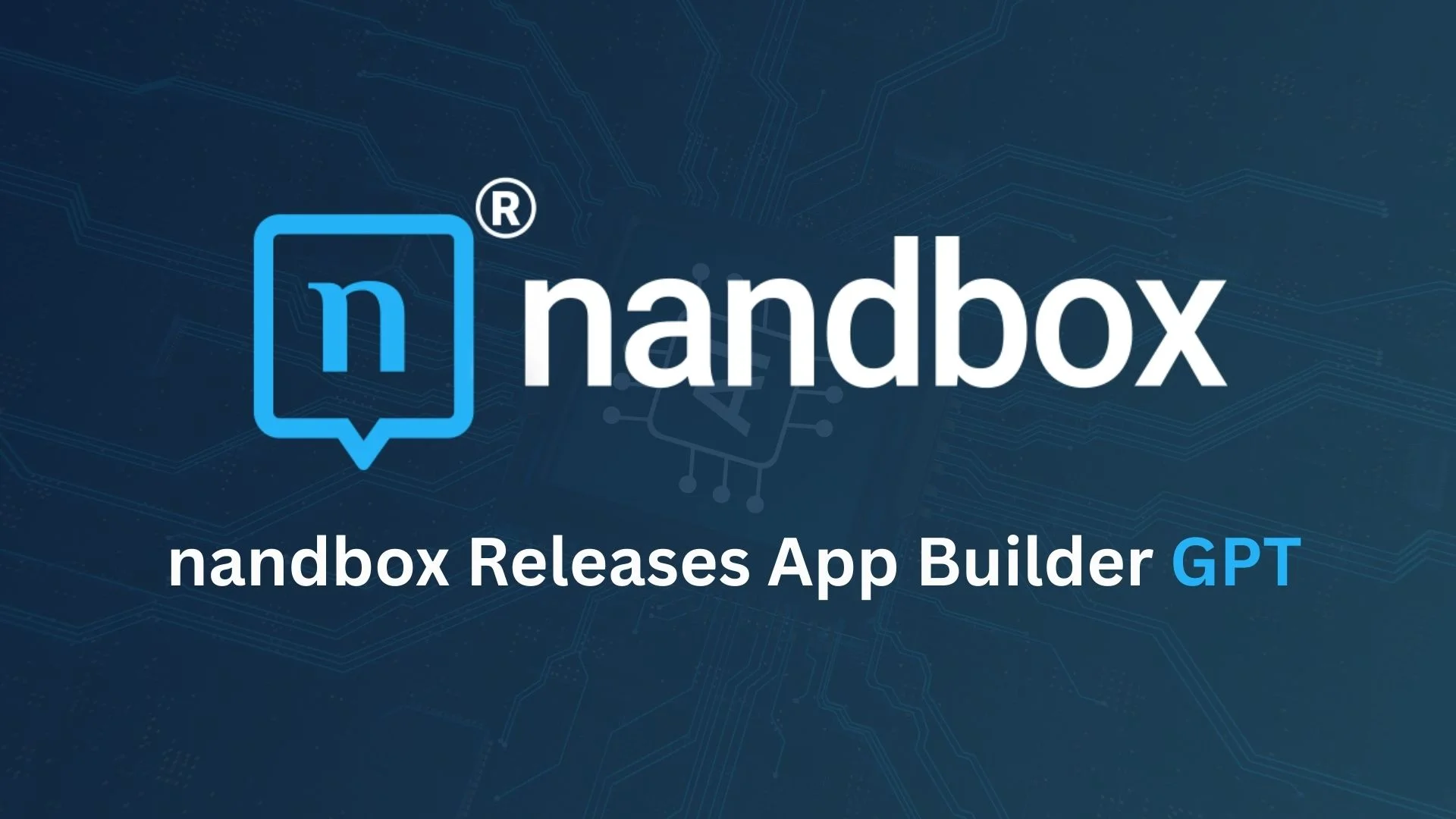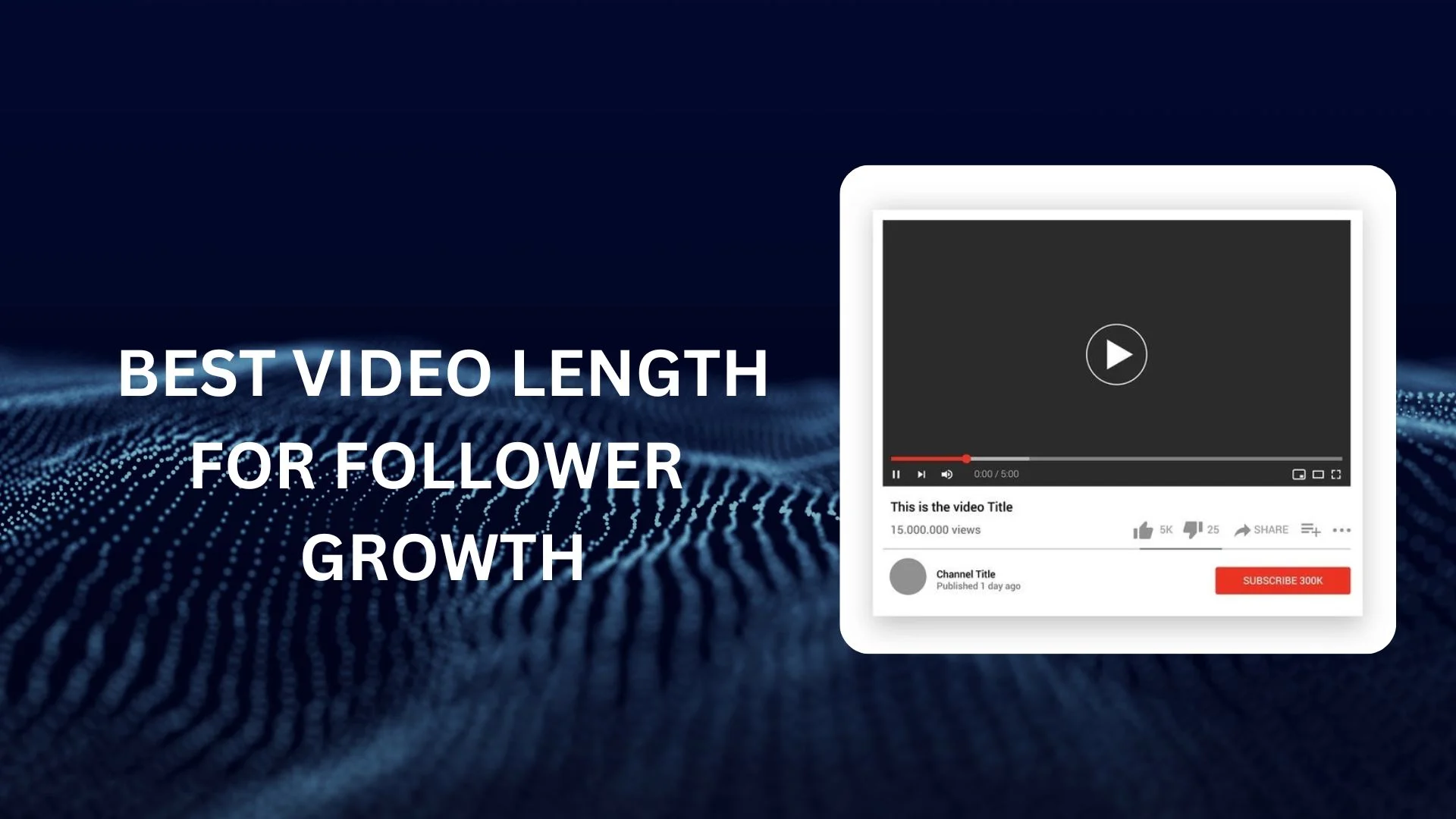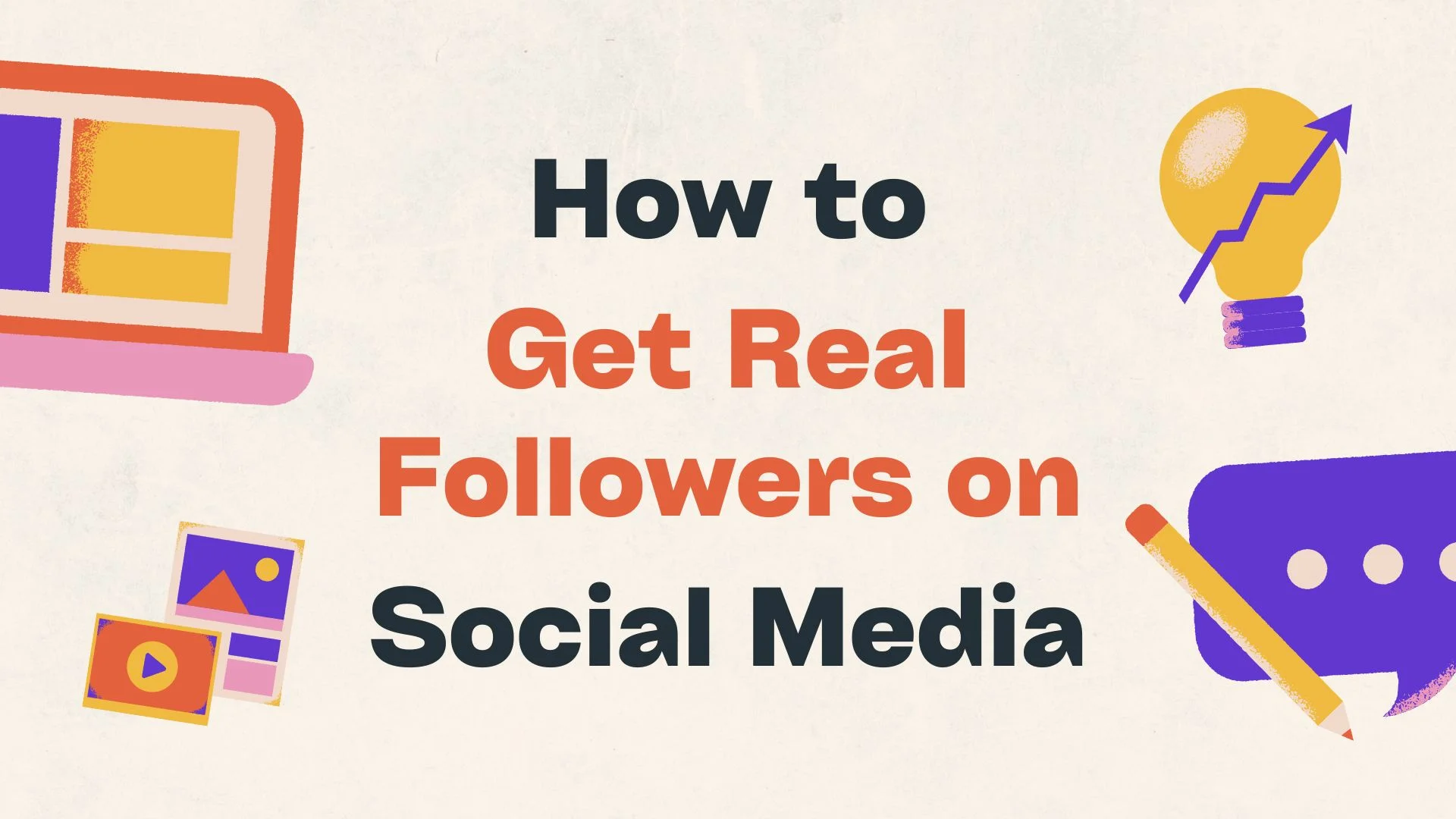If you’re a content creator, you’ve probably asked yourself this: “Can I hire someone to edit my videos… without losing my style?” It’s a fair question. You put a lot of heart into your content. You know the pacing, jokes, and vibe that make your videos yours. Handing that off to a stranger can feel risky. But here’s the truth: You don’t have to do everything yourself to stay original. You can outsource video editing—and still keep your creative voice to match your video editing style.
In this post, I’ll show you accordingly how to find the right editor, explain your style clearly, and work together in a way that saves time without sacrificing quality. Let’s get into it.
Define Your Creative Voice
Before you hire someone to edit your videos, you need to understand your style. Your creative voice is what makes your content feel like you. It’s how your videos look, sound, and flow. Basically, it’s your tone, your pacing, your music, and even the types of cuts or transitions you use.
Think about it like this:
- MrBeast uses fast cuts, big reactions, and high energy.
- MKBHD uses smooth transitions, clean graphics, and a polished, techy feel.
- Emma Chamberlain keeps her edits raw and jumpy, with a personal, diary-style vibe.
Each of these creators has a different voice—and they’ve trained their editors to match it. So how do you find your voice?
Here are a few tips:
- Watch a few of your past videos and write down what makes them unique.
- Notice the editing style: Is it fast or slow? Funny or serious?
- Look at your color scheme, text style, music, and camera angles.
You don’t need to be super technical. Just be clear about what you like and what feels right for your brand. Once you know your voice, it’s a lot easier to teach it to someone else.
Create a Clear Editor Brief or Style Guide
Once you know your style, the next step is to explain it—clearly. Think of this like giving your editor a map. If you don’t show them where you want to go, they’ll just guess. And that’s how your videos can end up looking… not like you. That’s why you should create a brief or a simple style guide.
Here’s what to include:
- Who your audience is Example: “My videos are for beginner YouTubers who want to grow fast.”
- What you want the video to feel like Fun? Chill? Energetic? Inspiring?
- Reference videos Pick 2–3 videos you love and say why. Editors love examples.
- Branding Share your logo, fonts, colors, and any graphic templates you use.
- Do’s and Don’ts
- Do: “I like fast jump cuts, lo-fi background music, and clean subtitles.”
- Don’t: “No meme sound effects or chaotic transitions.”
Bonus tips
- Record a short Loom or screen recording where you walk through one of your past edits. Show the parts you love and explain why they work.
- The more clear you are up front, the fewer edits you’ll need later. Editors appreciate creators who know what they want—it makes their job easier and your videos better.
Choose the Right Platform or Editor
Not all editors are the same—and that’s a good thing. Some are great at YouTube vlogs. Others specialize in TikToks, podcasts, or business videos. The key is to find someone who matches your content type and creative style to fit your video editing style as well.
Here are a few places creators usually look:
- Freelance sites – Like Fiverr or Upwork. Lots of options, but quality can vary.
- Referrals – Ask your creator friends who they trust.
- Specialized marketplaces – Like IndieDoers, where you can find experts who already understand your format.
What to look for in an editor:
- They’ve edited videos similar to yours before.
- They ask smart questions about your goals and audience.
- They care about your voice, not just adding flashy effects.
You don’t need the “best” editor in the world. You need the best fit for you. Hiring someone who gets your content saves time, reduces back-and-forth, and keeps your creative voice strong.
Use the Right Collaboration & Review Tools
Sending feedback over email or text can get messy fast. “Change that thing at 2:47” isn’t helpful if your editor is watching a different version. That’s why using the right tools is super important.
Use tools made for video reviews:
- Frame.io or IndieDoers‘ built-in review tool let you leave comments right on the video, with time-stamps.
- You can pause the video, click the screen, and say exactly what you want to change.
- It saves time and makes communication 10x clearer.
Keep your workflow simple:
- Use Google Drive or Dropbox to share video files.
- Use Slack or Trello if you need to track tasks or progress.
- Don’t overload tools—keep it clean and easy to follow.
Bonus tips
- Set clear deadlines. Tell your editor when you need the first draft, when you’ll give feedback, and when the final video is due. Good timing keeps everyone in sync.
- Using smart tools makes working with an editor feel smooth—not stressful. And when things run smoothly, your creative voice shines through every time.
- Start Small, Test, and Build Trust
- You don’t have to hand over your entire YouTube channel on day one. Start with a test project. This helps both you and the editor see if it’s a good match.
Here’s how to do it:
- Pick a short video or highlight clip.
- Give clear instructions using your style guide.
- Review how they edit—and how well they follow direction.
Pay attention to:
- Did they capture your tone and pacing?
- Were you happy with the first draft, or did it need a lot of changes?
- Did they take feedback well?
If it goes well, try a few more videos. Trust builds over time. Once you feel confident, you can move into a long-term workflow—weekly edits, monthly plans, or even bulk projects. Think of your editor like a creative partner. The better your relationship, the stronger your content gets.
Keep Giving Feedback & Evolve Together
Even with a great editor, your content will grow and change over time. That’s why feedback isn’t a one-time thing—it’s an ongoing process. Make a habit of reviewing each video and asking:
- What worked really well?
- What could be better next time?
- Is the tone still matching my brand?
When you give feedback, be clear and kind:
- Do: “I loved the pacing in the intro. Let’s keep that style.”
- Do: “The music felt too loud in the second half—can we lower it a bit?”
- Don’t: “This isn’t right. Fix it.”
Your editor wants to do a good job, but they can’t read your mind. Honest feedback helps them learn your preferences faster—and makes future edits smoother. Also, don’t be afraid to try new ideas together. As your content grows, you might want to test different styles, formats, or platforms. A good editor will grow with you and offer new ideas too.
In short: The more you communicate, the better your videos will get.
Conclusion: Stay in Control, Gain Back Time
Outsourcing video editing doesn’t mean losing your creative voice. In fact, when you do it right, you stay in control—while gaining back hours of your time.
Let’s Recap The Video Editing Style
- You define your style.
- You guide your editor with a clear brief.
- You choose someone who gets your content.
- You use the right tools and give good feedback.
- And you grow together over time.
The result? You can focus more on creating, connecting with your audience, and building your brand—without burning out from endless editing. And when your videos still feel 100% you, your audience will never know you didn’t edit them yourself. That’s the power of smart outsourcing.
Build an App with nandbox That Reflects Your Video Editing Style
nandbox’s App Builder offers complete creative control—no coding necessary whether you’re a creator wanting to engage with your audience on a deeper level or establish a community around your material. Imagine it as expanding your style beyond video and into an app your admirers can download and enjoy.
Now, are you ready to create an app to fit with your textile style? Everywhere, keep your creativity flowing with nandbox.







